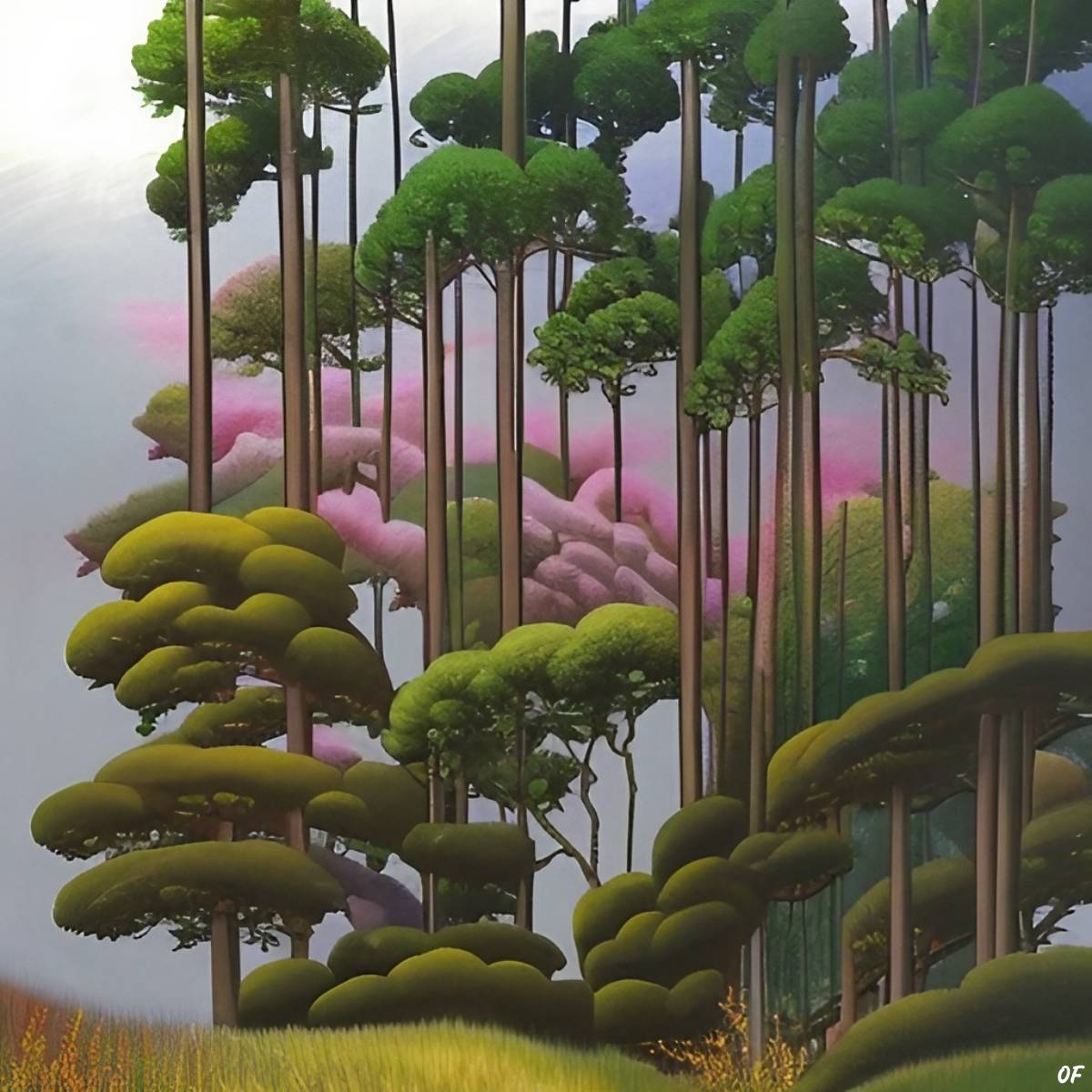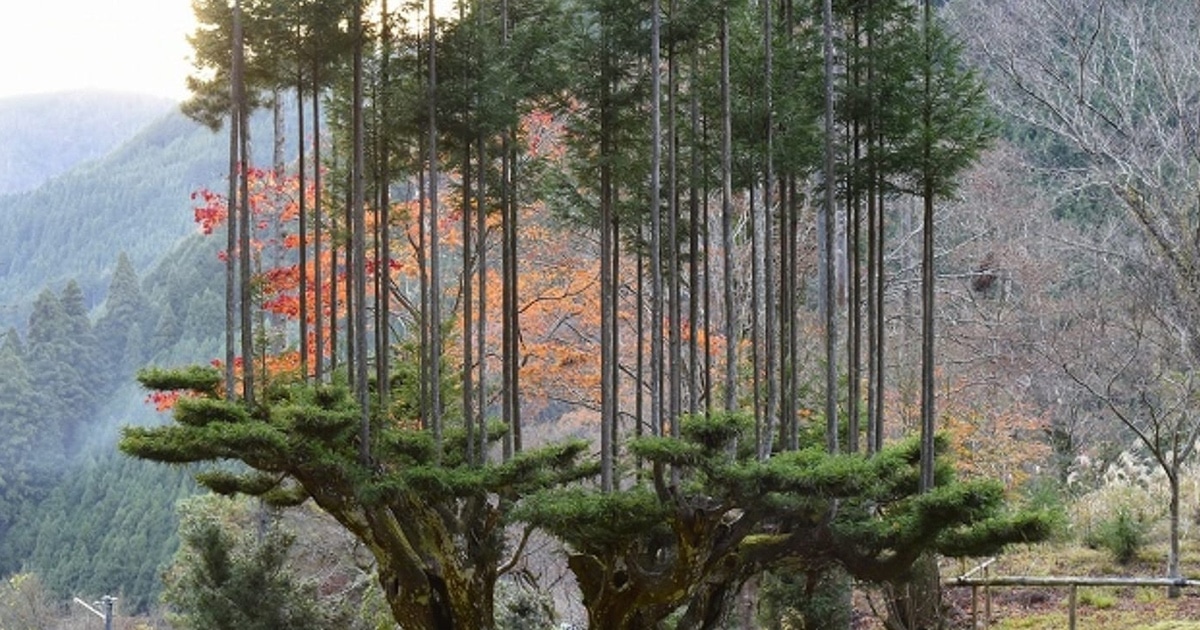Daisugi (台杉) is an ancient Japanese forestry technique developed in the 15th century, primarily in the Kitayama area of Kyoto. The method involves heavily pruning a mother cedar tree, specifically the Cryptomeria species, to encourage straight, slender shoots to grow upwards, resembling a large bonsai. This technique allows for the sustainable production of high-quality, knot-free lumber known as taruki, valued for its flexibility and strength, especially in traditional architecture like tea houses and tokonoma alcoves[1][3][4].
Daisugi not only meets the demand for straight logs but also contributes to eco-friendly woodland management, as it enables a single tree to produce lumber over time while maintaining its health and the surrounding environment. The process takes about seven to eight years from pruning to reaching the desired tree form, with selective cuts made every 2–4 years to encourage optimal growth[2][5].
Get more accurate answers with Super Pandi, upload files, personalized discovery feed, save searches and contribute to the PandiPedia.
Let's look at alternatives:
- Modify the query.
- Start a new thread.
- Remove sources (if manually added).




